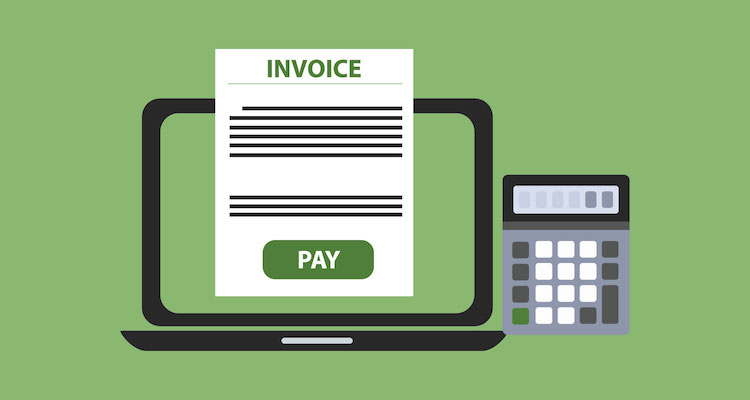Running a business means juggling a dozen things at once—emails, invoices, meetings, data entry, and more. These repetitive administrative tasks not only eat up your time but also take your focus away from strategic growth. The good news? With the right tools and systems, you can automate up to 80% of your admin workload, boosting productivity and reducing stress.
In this blog, we’ll break down exactly how to automate your most time-consuming admin tasks, save hours every week, and scale smarter.
Why Automation Matters in Business
Administrative tasks are necessary, but they don’t directly generate revenue. Automating them means:
- More time for high-value tasks (like sales, product development, or customer service)
- Reduced human error
- Faster workflows
- Lower operational costs
Let’s explore the practical steps to make automation work for you.

1. Automate Your Email Management
Tools: Gmail Filters, Outlook Rules, Superhuman, SaneBox
How to Automate:
- Use rules/filters to sort incoming emails by type, client, or urgency.
- Create canned responses for FAQs and repetitive replies.
- Set up autoresponders for out-of-office or support inquiries.
✅ Pro Tip: Use tools like Zapier to automatically save email attachments to Google Drive or Dropbox.
2. Streamline Calendar Scheduling
Tools: Calendly, Google Calendar, Microsoft Bookings
How to Automate:
- Let clients book meetings based on your availability.
- Sync with your calendar to avoid double bookings.
- Send automatic email or SMS reminders.
✅ Pro Tip: Use calendar integrations to automatically create Zoom or Google Meet links.
3. Automate Data Entry and Form Collection
Tools: Google Forms, Typeform, Jotform + Zapier or Make
How to Automate:
- Collect data via forms and push it to spreadsheets, CRMs, or databases automatically.
- Use OCR tools like Rossum or Docparser to extract data from PDFs and emails.
✅ Pro Tip: Connect your forms to Slack or Trello to create auto-updating tasks.
4. Simplify Invoicing and Payments
Tools: QuickBooks, Xero, FreshBooks, Wave
How to Automate:
- Set up recurring invoices for repeat clients.
- Auto-send payment reminders before and after due dates.
- Track expenses automatically by syncing with your bank account.
✅ Pro Tip: Use Stripe or PayPal automation to notify you upon payment receipt.

5. Automate Social Media Posting
Tools: Buffer, Hootsuite, Later, SocialBee
How to Automate:
- Schedule a week/month’s worth of content at once.
- Auto-post to multiple platforms simultaneously.
- Use AI tools to generate captions or hashtags.
✅ Pro Tip: Use RSS feed integrations to share your latest blogs or products automatically.
6. Digitize Document Signing and Approval
Tools: DocuSign, HelloSign, PandaDoc
How to Automate:
- Send contracts or forms for e-signature instantly.
- Get real-time notifications when documents are signed.
- Store all signed docs in cloud folders automatically.
✅ Pro Tip: Combine e-signature tools with cloud services for better document management.
7. Automate Task Management and Collaboration
Tools: Asana, Trello, ClickUp, Notion
How to Automate:
- Use templates for repeatable processes.
- Auto-assign tasks based on form submissions or project stage.
- Set recurring tasks with reminders.
✅ Pro Tip: Create Zapier integrations to add tasks when emails or form responses are received.

8. Customer Support & Live Chat Automation
Tools: Zendesk, Intercom, Tidio, ChatGPT-based bots
How to Automate:
- Use chatbots to answer common customer questions.
- Create support ticketing systems with auto-routing.
- Offer 24/7 assistance using AI-powered responses.
✅ Pro Tip: Train your chatbot with your FAQs, policies, and product details for better accuracy.
Final Thoughts: Start Small, Scale Fast
You don’t need to automate everything at once. Start with the one admin task that eats most of your time—then build from there. Within weeks, you’ll notice smoother operations, fewer errors, and a much lighter to-do list.
















